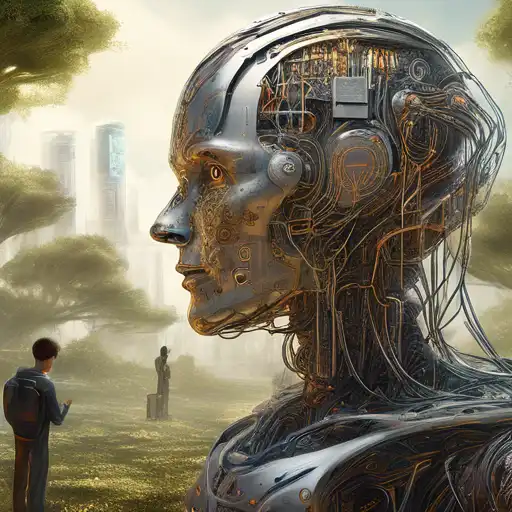Introduction to Natural Language Processing
Natural Language Processing (NLP) stands at the intersection of computer science, artificial intelligence, and linguistics. It enables machines to understand, interpret, and generate human language in a way that is both meaningful and useful. From virtual assistants to translation services, NLP is revolutionizing how we interact with technology.
How Machines Understand Human Language
At its core, NLP involves several key processes: tokenization, part-of-speech tagging, named entity recognition, and sentiment analysis. These processes allow machines to break down and analyze the structure and meaning of text or speech. For example, tokenization splits text into words or phrases, making it easier for machines to process.
The Role of Machine Learning in NLP
Machine learning algorithms play a pivotal role in NLP by enabling systems to learn from data. Through techniques like supervised and unsupervised learning, machines can improve their language comprehension over time. This is evident in chatbots, which become more accurate in understanding user queries with each interaction.
Applications of Natural Language Processing
NLP has a wide range of applications across various industries. Here are a few notable examples:
- Healthcare: NLP is used to interpret clinical notes and improve patient care.
- Finance: It helps in analyzing market trends and customer feedback.
- Customer Service: Powers virtual assistants and automated response systems.
- Education: Facilitates language learning apps and plagiarism detection tools.
Challenges in Natural Language Processing
Despite its advancements, NLP faces several challenges. Ambiguity in language, cultural nuances, and the ever-evolving nature of human speech make it difficult for machines to achieve perfect understanding. However, ongoing research in deep learning and computational linguistics continues to push the boundaries of what's possible.
The Future of Natural Language Processing
The future of NLP is incredibly promising. With the advent of more sophisticated algorithms and the increasing availability of data, machines are becoming better at understanding context, sarcasm, and even emotions. This progress is paving the way for more intuitive and human-like interactions between humans and machines.
As we continue to explore the potential of NLP, it's clear that this technology will play a central role in shaping the future of communication, making our interactions with machines as natural as those with fellow humans.
